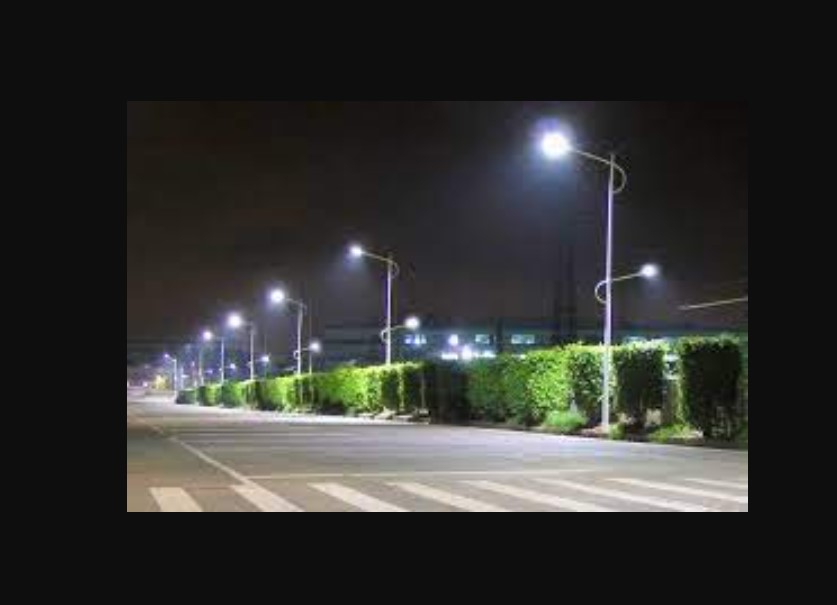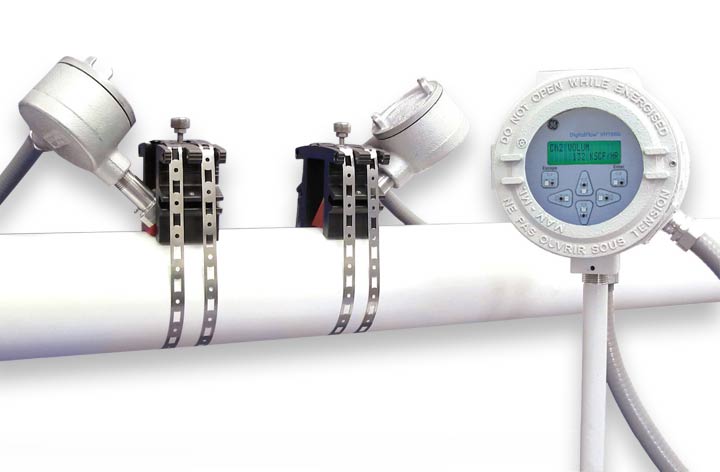Lighting the Way: Street Light Control in Smart Cities
As urbanization continues to accelerate, cities around the world face increasing pressures to enhance infrastructure, improve public safety, and reduce environmental impact. One significant aspect of this challenge is street lighting, which consumes vast amounts of energy and contributes to urban light pollution. In response, many municipalities are turning to smart city technologies, with street light control systems at the forefront of these innovations. This article explores the evolution, technology, benefits, and future prospects of street light control in smart cities, shedding light on how these advancements are paving the way for more efficient, sustainable, and safer urban environments.
The Evolution of Street Lighting
Historically, street lighting has undergone significant transformations, from oil lamps in the 19th century to gas lights and eventually electric street lights in the early 20th century. The primary objective of street lighting has always been to improve nighttime visibility and enhance public safety. However, traditional street lighting systems are often inefficient and costly, leading to substantial energy waste and high maintenance expenses.
The advent of LED (Light Emitting Diode) technology marked a significant turning point, offering energy-efficient alternatives with longer lifespans and lower maintenance requirements. LEDs are now the standard in many cities, but the integration of smart technology has taken street lighting to new heights, enabling dynamic control and real-time monitoring.
Understanding Smart Street Light Control Systems
Smart street light control systems leverage a combination of sensors, wireless communication, and advanced software to optimize the operation of street lights. These systems typically include the following components:
- LED Street Lights: Energy-efficient lights that can be dimmed or brightened based on real-time needs.
- Sensors: Devices such as motion detectors, ambient light sensors, and cameras that gather data on environmental conditions and human activity.
- Connectivity Modules: Wireless communication technologies (e.g., Wi-Fi, Zigbee, LoRaWAN) that facilitate data transmission between street lights and central control systems.
- Central Management Software: Platforms that analyze data, enable remote control, and provide insights for maintenance and energy consumption optimization.
Key Features and Benefits
Energy Efficiency and Cost Savings
One of the most significant advantages of smart street light control systems is their potential to reduce energy consumption. Traditional street lights operate at full capacity regardless of actual lighting needs, leading to energy wastage. Smart systems, on the other hand, can adjust brightness levels based on real-time data, such as pedestrian and vehicular activity or ambient light conditions. For example, street lights can dim during periods of low activity and brighten when sensors detect movement, thus ensuring sufficient illumination only when necessary. This dynamic adjustment can result in energy savings of up to 50-70%, translating to substantial cost reductions for municipalities.
Enhanced Public Safety
Improving public safety is a core objective of street lighting. Smart street lights enhance this by providing better visibility and enabling faster response times to incidents. Motion sensors can detect unusual activity and increase light intensity in specific areas, deterring criminal behavior and enhancing the safety of pedestrians and drivers. Additionally, integrating cameras and other sensors allows for real-time monitoring of streets, further augmenting security measures.
Environmental Benefits
The environmental impact of street lighting cannot be overlooked. By significantly reducing energy consumption, smart street light control systems contribute to lower carbon emissions and help cities meet sustainability goals. Moreover, the use of LEDs, which contain no hazardous materials and are fully recyclable, further minimizes the environmental footprint. Reduced light pollution is another benefit, as smart systems can be programmed to minimize unnecessary illumination, preserving the natural night sky.
Operational Efficiency and Maintenance
Traditional street lights require regular maintenance and manual inspections to identify faults. Smart street light control systems, however, can automatically detect and report issues such as lamp failures, reducing the need for routine inspections and allowing for proactive maintenance. This not only cuts down on operational costs but also ensures that street lights remain functional and effective at all times. Remote monitoring and control capabilities also allow for swift adjustments and troubleshooting, enhancing overall system reliability.
Case Studies of Smart Street Lighting Implementations
Several cities worldwide have successfully implemented smart street light control systems, demonstrating their benefits and potential for scalability.
Barcelona, Spain
Barcelona is renowned for its smart city initiatives, and its smart street lighting project is a prime example. The city has deployed over 10,000 smart street lights equipped with sensors and communication modules. These lights adjust brightness based on pedestrian and vehicular activity, leading to a 30% reduction in energy consumption. Additionally, the system collects data on air quality, noise levels, and temperature, providing valuable insights for broader urban management.
Los Angeles, USA
Los Angeles has implemented one of the largest smart street lighting systems in the world, with over 50,000 connected LED street lights. The city’s system uses motion sensors and wireless communication to optimize lighting levels and improve public safety. The project has resulted in significant energy savings, estimated at around $9 million annually, and has reduced the city’s carbon footprint by approximately 47,000 metric tons per year.
Copenhagen, Denmark
Copenhagen’s smart street lighting initiative is part of its ambitious goal to become carbon-neutral by 2025. The city has installed smart LED street lights that adjust based on real-time data from various sensors. The system not only reduces energy consumption but also enhances urban mobility by providing better lighting for cyclists and pedestrians. Additionally, the collected data is used to improve traffic management and reduce congestion.
Technological Innovations and Future Trends
As technology continues to evolve, so too do the capabilities of smart street light control systems. Several emerging trends and innovations are poised to further revolutionize this space:
Integration with IoT and Smart City Platforms
The Internet of Things (IoT) plays a crucial role in the development of smart street lighting. By integrating street lights with other smart city infrastructure, such as traffic management systems, waste management, and emergency services, cities can create a cohesive and responsive urban environment. This interconnectedness allows for more efficient resource allocation and improved quality of life for residents.
Artificial Intelligence and Machine Learning
AI and machine learning algorithms can enhance the functionality of smart street light control systems by enabling predictive maintenance, optimizing energy consumption, and improving public safety. For instance, AI can analyze patterns in sensor data to predict when a street light is likely to fail, allowing for preemptive repairs. Machine learning can also optimize lighting schedules based on historical data and real-time conditions, ensuring optimal performance.
Solar-Powered Street Lights
Integrating solar panels with smart street lights is an emerging trend that offers additional environmental benefits. Solar-powered street lights can operate independently of the electrical grid, reducing energy costs and further lowering carbon emissions. Advances in battery technology and energy storage solutions are making this option increasingly viable for urban areas.
Adaptive Lighting and Human-Centric Design
Adaptive lighting systems adjust the color temperature and intensity of street lights based on the time of day and weather conditions. This human-centric approach not only improves visibility and comfort but also aligns with circadian rhythms, promoting better sleep patterns for residents. Such systems can enhance the overall well-being of urban populations while maintaining energy efficiency.
Challenges and Considerations
While the benefits of smart street light control systems are clear, several challenges and considerations must be addressed to ensure successful implementation:
Initial Costs and Funding
The upfront costs of deploying smart street lighting systems can be substantial, including expenses for LED fixtures, sensors, connectivity infrastructure, and central management software. Securing funding and justifying the investment can be challenging for municipalities, especially those with limited budgets. However, many cities have successfully leveraged public-private partnerships and government grants to overcome these financial barriers.
Cybersecurity and Privacy Concerns
As smart street lights become more connected, they also become more vulnerable to cyber-attacks. Ensuring robust cybersecurity measures is critical to protect the integrity of these systems and safeguard the data they collect. Additionally, the use of sensors and cameras raises privacy concerns among citizens. Transparent policies and stringent data protection regulations are essential to address these issues and maintain public trust.
Interoperability and Standardization
With numerous vendors and technologies available, achieving interoperability and standardization across different smart street lighting systems can be challenging. Cities must ensure that their chosen solutions can integrate seamlessly with existing infrastructure and other smart city applications. Industry standards and open protocols are crucial for fostering compatibility and enabling scalable, future-proof deployments.
Conclusion
Smart street light control systems represent a transformative advancement in urban infrastructure, offering numerous benefits in terms of energy efficiency, public safety, environmental sustainability, and operational efficiency. By leveraging cutting-edge technologies such as IoT, AI, and solar power, cities can create more responsive, adaptive, and intelligent street lighting networks that enhance the quality of life for their residents.
While challenges remain, the successful implementations in cities like Barcelona, Los Angeles, and Copenhagen demonstrate the feasibility and advantages of these systems. As technology continues to evolve, the potential for smart street lighting to revolutionize urban environments will only grow, lighting the way towards smarter, safer, and more sustainable cities.





